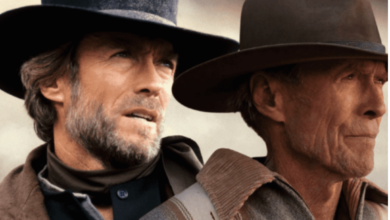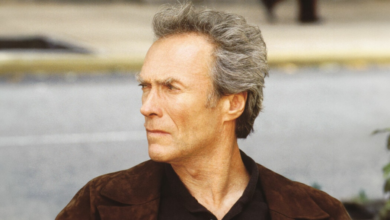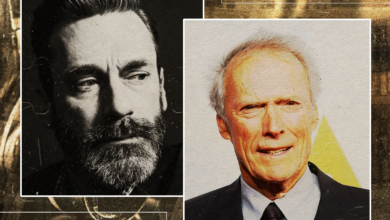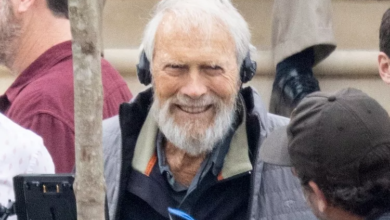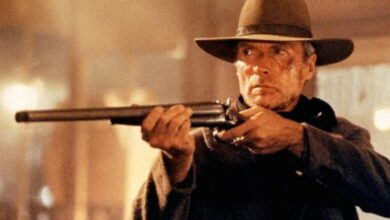Shyam Benegal: ‘You Don’t Have To Give The Audience What They Want; You Have To Create Something New…”
Filmmaker Shyam Benegal talks about making movies in his 80s and his recent release Mujib: The Making Of A Nation
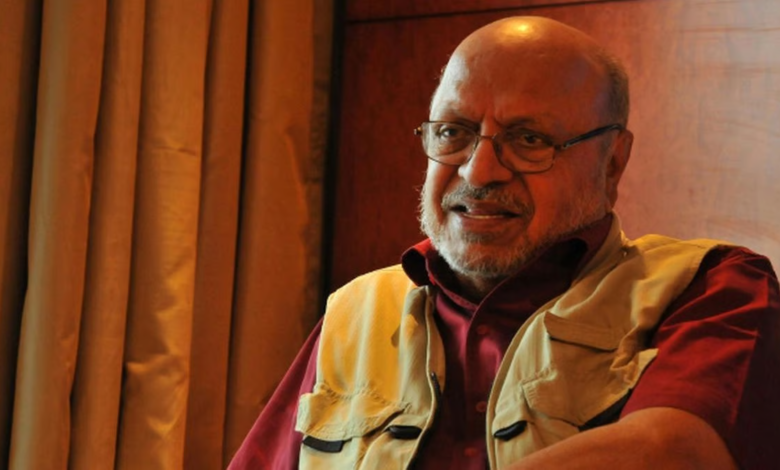
Circa 50 years ago, Shyam Benegal was in the vanguard of the offbeat cinema movement with path-breaking 1970s films such as Ankur (Shabana Azmi, Anant Nag), Nishant (Girish Karnad, Shabana Azmi, Naseeruddin Shah), Manthan (Smita Patil, Girish Karnad) and Bhumika (Smita Patil, Amol Palekar). Benegal’s filmmaking, though, started even earlier. He reminds us, “My career didn’t start with feature films. I have made several documentaries before and since that were very satisfying too.” And of course he went on to helm the seminal TV show Bharat Ek Khoj.
In his late 80s now, Benegal is still in the thick of things. Mention his latest film, Mujib: The Making Of A Nation, and he quips, “That has been completed and released.” He is immersed in the present, where the current mood of cinema, especially OTT, is in alignment with the temperament of this forward-thinking filmmaker.
Excerpts from the interview
It is amazing that filmmakers like Clint Eastwood, Martin Scorcese and you continue to make films even after crossing 80. Would you say the creative impulse is as strong even now as it was 50 years ago when you made Ankur?
I am 89 years old now, and Clint Eastwood is 93. The fact that Clint Eastwood continues to make films at his age inspires me too. The creative urge is still strong within me. I’m a filmmaker and I am still driven by the desire to make films. And that is why I still make cinema. I haven’t been well over the last few years … it comes with old age (said dryly). I have to undergo dialysis almost every second day. But, despite all that, I can’t retire.
 Zubeidaa |
Zubeidaa |Your latest film Mujib: The Making Of A Nation has just been released. What gripped you about the subject?
He is the man who paved the way for the creation of Bangladesh. I found his story intriguing and I think it made for interesting cinema.
 Ankur |
Ankur |
What challenges did you face while making the film, especially bilingual?
Every film I have made has presented its own set of challenges. This film was made in Bengali but the Bengali spoken in the eastern parts is different from the language spoken in West Bengal. In fact, within Bangladesh itself, the Bangla in Dhaka is different from the dialect in Chittagong. Thanks to the literature I had read and the music I have heard, I was aware of the culture this side of the border, but I had to familiarise myself with the milieu of the east for the film.
You have made several biographies earlier like Bhumika, Sardar Begum, Zubeidaa and films on Gandhi, Bose and now Sheikh Mujibur Rehman. As a filmmaker, is it possible to be objective about your subject?
I make these films because I admire these people, but as a filmmaker I have to be objective. However, one’s objectivity is limited by one’s perception of these people. Every filmmaker has his own viewpoint, his perception. They are fascinating characters… How you present them cinematically depends on your sensibility and sensitivity.
It is now 50 years since you made your first feature film Ankur (1973). Has it been a satisfying journey creatively?
No and yes. Every person strives for perfection but that is not always possible so one has to keep striving, and find satisfaction in the creative process. I have enjoyed experimenting with varied themes … from serious films to Mandi which was a comedy on the subject of prostitution.
 Mujub |
Mujub |
You have made 24 feature films in these five decades, what are your three best films?
That is not possible for me because when I look back I notice flaws in my films. It’s also a matter of opinion. Many people, including me, would say that Pather Panchali is Satyajit Ray’s best film but he himself thought that Charulata was his most refined work.
You followed Ankur with critical triumphs like Nishant, Manthan, Bhumika and Junoon. This string of 1970s films can be credited with starting the art film movement in Hindi cinema. Your thoughts.
I have been a part of the art film movement but there were so many other directors who were making these kinds of films — Ritwik Ghatak, Adoor Gopalakrishnan, Mrinal Sen, Satyajit Ray, M S Sathyu, Govind Nihalani and others.
You have been a part of Indian cinema for 50 years, would you say it has changed for the better?
Technologically, the equipment available nowadays for lighting, editing and shooting is tremendous and they are able to shoot much faster. In comparison, the techniques we had were very primitive. Thematically too, cinema is bound to change because it have to keep up with the times. You don’t have to give the audience what they what, you have to create something new that they did not know they wanted.

